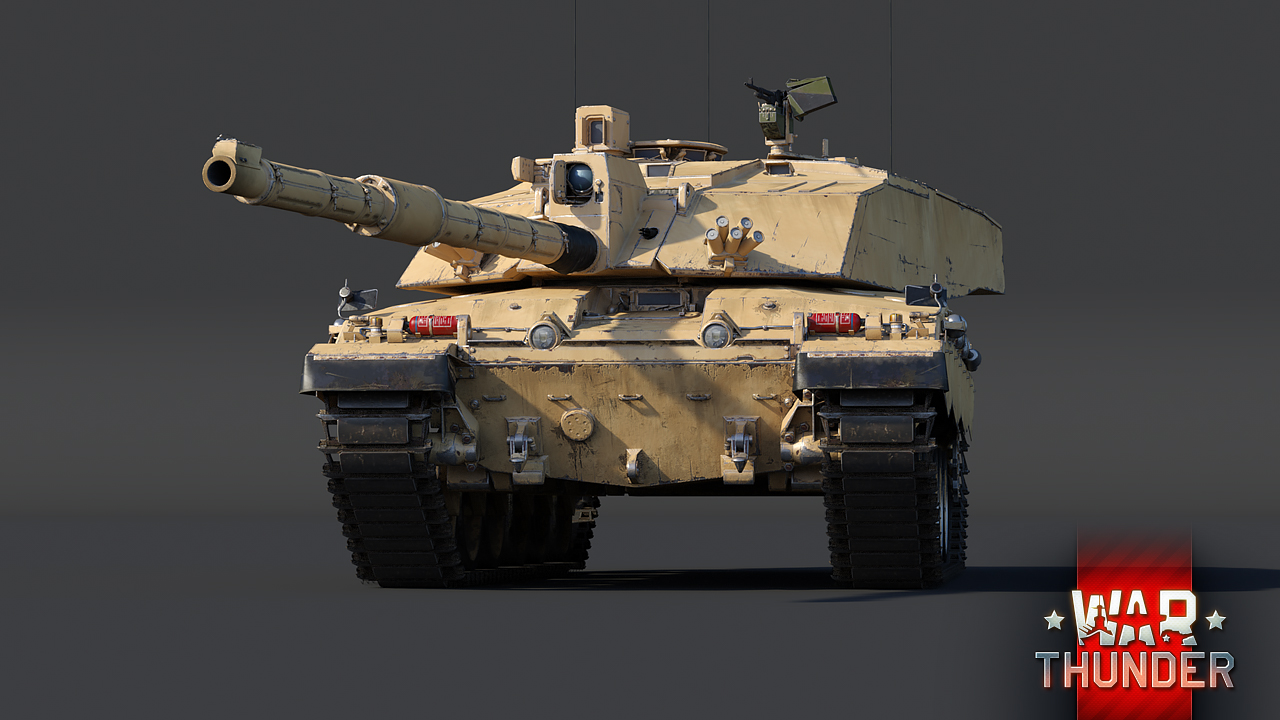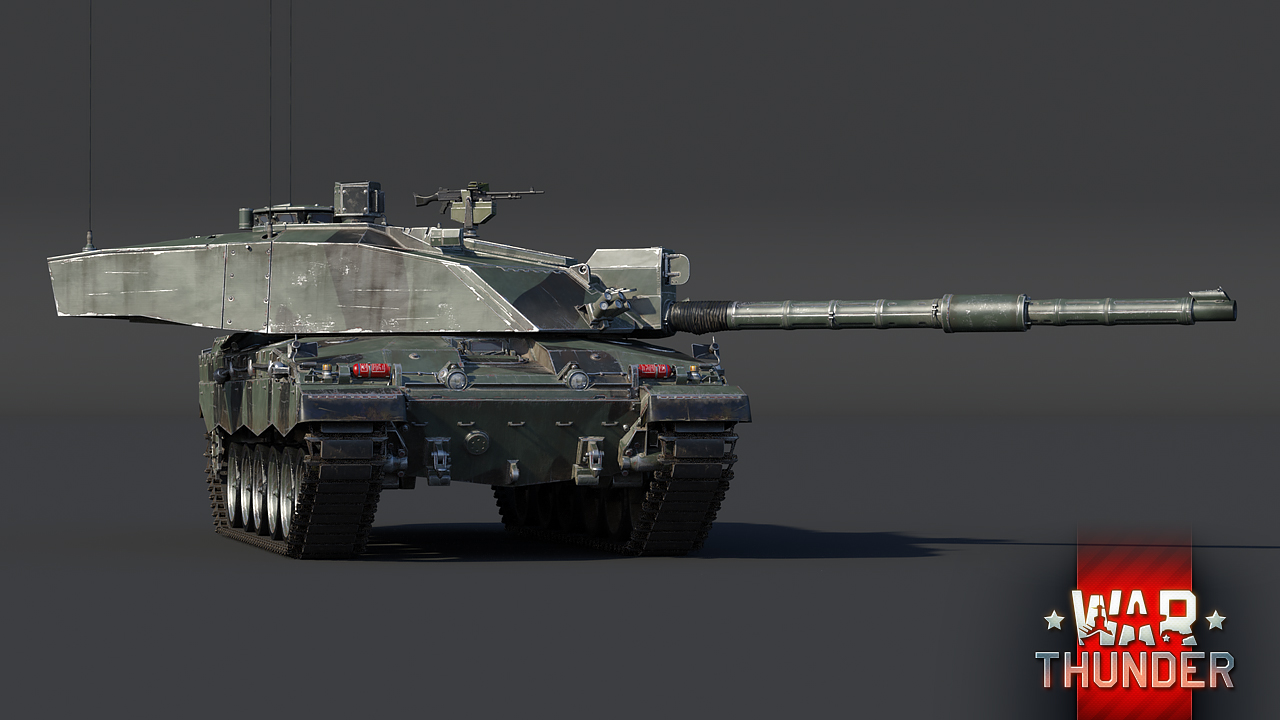
- For PC
- For MAC
- For Linux
- OS: Windows 10 (64 bit)
- Processor: Dual-Core 2.2 GHz
- Memory: 4GB
- Video Card: DirectX 11 level video card: AMD Radeon 77XX / NVIDIA GeForce GTX 660. The minimum supported resolution for the game is 720p.
- Network: Broadband Internet connection
- Hard Drive: 23.1 GB (Minimal client)
- OS: Windows 10/11 (64 bit)
- Processor: Intel Core i5 or Ryzen 5 3600 and better
- Memory: 16 GB and more
- Video Card: DirectX 11 level video card or higher and drivers: Nvidia GeForce 1060 and higher, Radeon RX 570 and higher
- Network: Broadband Internet connection
- Hard Drive: 75.9 GB (Full client)
- OS: Mac OS Big Sur 11.0 or newer
- Processor: Core i5, minimum 2.2GHz (Intel Xeon is not supported)
- Memory: 6 GB
- Video Card: Intel Iris Pro 5200 (Mac), or analog from AMD/Nvidia for Mac. Minimum supported resolution for the game is 720p with Metal support.
- Network: Broadband Internet connection
- Hard Drive: 22.1 GB (Minimal client)
- OS: Mac OS Big Sur 11.0 or newer
- Processor: Core i7 (Intel Xeon is not supported)
- Memory: 8 GB
- Video Card: Radeon Vega II or higher with Metal support.
- Network: Broadband Internet connection
- Hard Drive: 62.2 GB (Full client)
- OS: Most modern 64bit Linux distributions
- Processor: Dual-Core 2.4 GHz
- Memory: 4 GB
- Video Card: NVIDIA 660 with latest proprietary drivers (not older than 6 months) / similar AMD with latest proprietary drivers (not older than 6 months; the minimum supported resolution for the game is 720p) with Vulkan support.
- Network: Broadband Internet connection
- Hard Drive: 22.1 GB (Minimal client)
- OS: Ubuntu 20.04 64bit
- Processor: Intel Core i7
- Memory: 16 GB
- Video Card: NVIDIA 1060 with latest proprietary drivers (not older than 6 months) / similar AMD (Radeon RX 570) with latest proprietary drivers (not older than 6 months) with Vulkan support.
- Network: Broadband Internet connection
- Hard Drive: 62.2 GB (Full client)
Challenger 2 and rank VII armored vehicles
The highly anticipated update 1.87, which will bring War Thunder even closer to modern warfare, is just around the corner. You will see new rank VII armoured vehicles and many other novelties for aircraft and fleets. Be sure to follow the news!
Rank VII Armored Vehicles
Update 1.87 will introduce even more armoured vehicles that were created and in service during the ‘80s and ‘90s of the twentieth century, and well-known for participating in armed conflicts of that period. Soon, we are going to give a detailed account on this tech in our Developer Diary, so stay tuned!
Since many of the tanks in our game also belong to the third generation MBT in terms of their technical specifications and combat effectiveness, we will make some changes to the battle ratings and rank positioning of some tanks in the V and VI ranks to better balance the land and combined battles in War Thunder.
Developed in the mid ‘80s as a successor to the Challenger 1, the Challenger 2 entered service in the early ‘90s and continues to serve with the British Army today. In the upcoming update 1.87, War Thunder tankers may look forward to the opportunity of commanding the most modern MBT fielded by the British Army!
Briefly: The successor to the Challenger 1 and the most advanced MBT presently in service with the British armed forces.
Work on developing a successor to the Challenger 1 began only a short time after the vehicle entered service with the British armed forces. Already by the mid 1980s, the Vickers company had developed a new MBT as part of a private venture. After requirements for a next-generation MBT have been issued, Vickers immediately submitted their design on the new Challenger 2 to the Ministry of Defence. Having briefly considered the adoption of the M1 Abrams, the Ministry decided to proceed with the Vickers design by ordering the construction of a prototype Challenger 2 for testing and evaluation. The Challenger 2 passed evaluation and met expectations even when put through comparative testing against contemporary MBTs of other nations, such as the American M1 Abrams and German Leopard 2. Satisfied with the test results, the Ministry of Defence adopted the Challenger 2 and placed the first production order in 1993, with the initial batch consisting of 127 tanks in addition to 13 trainer vehicles. The first Challenger 2 tanks were delivered to the tank regiments by 1994. The Challenger 2 participated in several operations during the ‘90s and into the 2000s, ranging from peacekeeping missions on the Balkans to military interventions in Iraq. A number of Challenger 2 MBTs have also been exported to Oman, with this nation being the only operator of the Challenger 2, besides the UK. Production of Challenger 2 tanks seized in 2002 after all pending production orders were fulfilled, with close to 440 vehicles being produced. Since 2008, Challenger 2 tanks have constantly been undergoing modernization work, with a number of upgrade packages being developed. Thanks to these upgrades, the Challenger 2 MBT is expected to serve with the British Army well into the future.
In War Thunder, the Challenger 2 will be a new addition to the top ranks of the British ground forces tree and among the first vehicles to be added to the game as part of the new rank VII for ground forces, being introduced with update 1.87. Being built on the basis of the Challenger 1, the Challenger 2 features many similarities with its predecessor, but introduces several improvements at the same time as well, allowing British tankers to transition from one vehicle to the other almost seamlessly!
Although the Challenger 2 is fitted with a new L30A1 cannon, compared to the L11 found on previous machines, the cannon is still a rifled one as British doctrine continued to emphasize the importance of the ability to fire HESH rounds. As a result, the L30 cannon shares a good deal of its ballistic properties with its L11 predecessor, with the exception that it’s able to fire newer and better performing sub-caliber rounds.
Firepower is not where the similarities between the two Challengers end though, as mobility is very comparable between the two vehicles as well. The Challenger 2 retains a 1,200 horsepower V12 diesel engine, although the exact model differs from the Challenger 1. As both vehicles have a closely matched weight, it comes to no surprise that the Challenger 2 matches its predecessor in mobility, being also able to reach a maximum speed of 35 mph (56 km/h) under ideal conditions.
The major difference between the two vehicles however, is armor protection. Although the general layout remains similar, with emphasis still being put on extremely thick frontal turret armor, the Challenger 2 is fitted with not just more, but also a newer type of Chobham armor, providing the vehicle with more than 500mm of protection against kinetic and over 900mm against HEAT rounds. However, the hull of the Challenger 2 not only retains a similar protection level as that of the Challenger 1, but also inherits some of its major weakspots, such as the thinly armored lower glacis plate.
Overall, the Challenger 2 will provide British tankers with a new, but familiar feeling MBT, which features some crucial improvements in firepower and protection in particular. However, as the vehicle retains identical mobility as its predecessor and inherits its general armor layout and design philosophy, the Challenger 2 will remain a second-line support tank, rather than a frontline brawler.
The Challenger 2 will charge into War Thunder ground battles with the upcoming release of update 1.87. In the meantime, be sure to stay tuned to the news for the latest developments on the next major update coming to the game. Until then, happy hunting tankers!











Comments (424)
Thanks gaijin, now where are the japanese tanks?
I imagine forgotten in the dust, we'll get the Type 74G but top tier will be forgotten until June-August, so hunker down for 4 months of further irrelevance.
Optical_Ilyushin, They said Japanese Navy in First half of 2019, so Japanese rank 7 tanks will be at end of 2019. I don't expect them to get a patch with both tank AND the entire navy, and certainly not two major patches "dedicated" to the nation.
Why make rank 7 instead of making rank 6 with just higher BR? Let me guess, you want to make Rank 6 premiums that way people's rank 5s which are totally not rank 6 in disguise like the XM-1 are obselete for grinding and then we get another power blackhole as people who don't know what they are doing buy into rank 6?
People will grind this out and then a $100 premium will be introduced that can call a cruise missile strike that wipes out all enemy players.
Yeah dont actually fix all the stupid stuff in this game, just keep adding more and more stuff
Its like pouring old vinegar on new bottles and calling it revolutionary new wine. Doesnt help much on the fundemental problems with MM etc.
Woah, hold up there Gaijin. You absolutely have to be joking. You're trying to stuff way too much content into this game and make the grinding even worse. When are you ever going to listen to the community? We've been asking for you to take a step back and fix things (new modes, br reworks, repair costs, etc.). When are you going to give air rb tier 4 and below any love and attention, because now it just seems to be a bunch of copy and paste maps and mixed battles occur way too often. Gaijin ...
Fact: 1950s planes and 1990-2000s tanks fighting together.
I think it is time for me to find a new game to play. This is not the game I started playing 3 years ago. This is not the direction I'm looking for this game to go. I will no longer be hyped for new vehicles I have no chance of obtaining and premiums that get more and more expensive.
Yep, its powercreep time! ; )
Next M1A1, Leopard 2A5, and t90?
Leopard 2A4 C tech more like...
Next Tier X: SPACE TANKS
VII ? Rank 7? Already? Damn you are moving fast :)
Submit a complaint